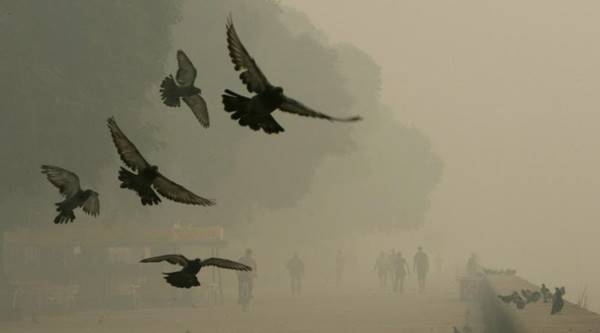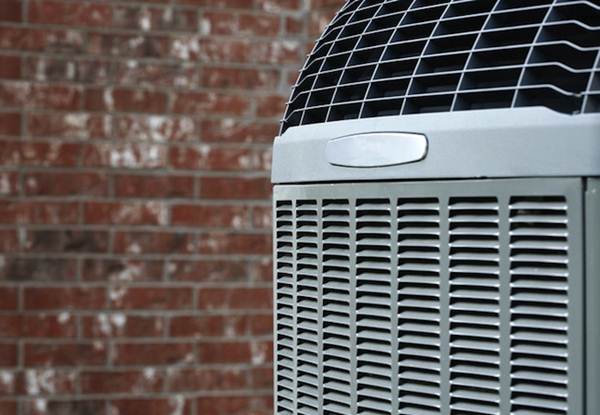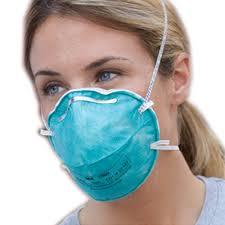
More than a dozen wildfires in California wine country have destroyed at least 1,500 homes and killed at least 13 people in the last few days, and the numbers are expected to rise as more information is reported. The city of Santa Rosa and surrounding Sonoma County are among the hardest hit areas, with smoke reported as far as 60 miles away in San Francisco.
These wildfires bring health risks with them. Wildfires send smoke, soot, toxic gases and tiny particles into the air, which can be carried for tens or even hundreds of miles, and have been linked to respiratory and heart problems. Air pollution (although not fire–specific pollution) has also been associated with an increased risk of diabetes, kidney disease and spikes in blood pressure.
On top of that, forests and crops are often treated with flame-retardant chemicals and pesticides. A recent review in the journal Current Topics in Toxicology recommended more research on the health effects of these chemicals as potential components of wildfire smoke, especially since their use—and the frequency of wildfires—have both increased in California in recent years.
If you worry that your health and safety may be affected by a nearby wildfire (or even one that’s farther away), here are some steps you can take to protect your health.
Limit time spent outdoors
Some of the most obvious health effects of wildfire smoke are itchy eyes, a burning or runny nose and coughing or wheezing—and the more time you spend outside when it’s smoky, the worse these symptoms are likely to get.
“If you know you might be exposed to air pollution from the wildfires, try to limit your outdoor activity,” says Jia Coco Liu, a post-doctoral research associate at Johns Hopkins University who studies the effects of air pollution on health. “It might not be a good idea to go for an hour run outside if you know there are fires nearby.”
You don’t have to be in close proximity to a burning area to suffer from fire-related poor air quality, though. How far smoke and particle spread varies based on the type of fire, the wind and other factors, Liu says. Rather than assuming you’re in the clear, sign up for air-quality alerts from AirNow.gov, which will let you know when pollution levels in your zip code are unhealthy.
Watch out for invisible pollution
“Wildfires can dramatically increase the levels of fine-particulate matter, which are little aerosols that are so tiny they can travel through your lung tissues and other tissues in your body,” says Liu. “Lots of research has found that those particles can affect health, especially in vulnerable populations like children and the elderly.”
These particles have been associated with health risks including heart attacks, irregular heartbeat, coughing, difficulty breathing and increased hospital visits due to worsening asthma. They’re too small to see or smell—but if you sign up for daily air-quality alerts, you’ll get info about these pollutants as well.
Run your air conditioner

If you have an air conditioner, make sure the filter is clean and that any “fresh air” settings that bring in air from the outdoors are disabled. This can help keep smoke and harmful chemicals from entering and building up in your home. If you don’t have an air conditioner and it’s too hot to safely keep your windows closed, the Environmental Protection Agency recommends seeking shelter elsewhere.
You can also keep pollution levels down in your home by not smoking and keeping cooking to a minimum. Avoid burning wood, stoves or candles if you can, and save vacuuming—which stirs up dust and particles settled in carpets—for when the air outside is cleaner and you can open your windows again.
Don’t rely on paper masks

The inexpensive masks sold as “dust masks” or “surgical masks” won’t do much to protect you against wildfire pollution, says Liu. (Neither will holding a handkerchief or tissue over your face.) “Unfortunately, you need a very specific kind of mask, since the particles in the air are so tiny,” she says.
If you are in the vicinity of a forest fire and want to be prepared, you can purchase a “particulate respirator” mask at a hardware store or pharmacy that has the word NIOSH and either N95 or P100 printed on it, Liu recommends. These masks have two straps that go around the head and are designed to block at least 95% of small (0.3 micron) particles.
Have an escape plan, just in case
If you’re at all concerned about air pollution from a wildfire, it’s worth watching how the blaze itself is traveling. Stay tuned to your local and state emergency-response offices for information regarding evacuations and how utilities like water and power have been affected by the fire.
In California, the Governor’s Office of Emergency Services and the CalFire website have information about evacuation centers, shelters, road and transportation updates and insurance for wildfire victims.
No matter where you live, the Centers for Disease Control and Prevention (CDC) recommends keeping an emergency kit with at least three days of food and water, health and personal-care supplies and important documents at the ready. The CDC website also has information on how reduce your home’s risk of catching fire if flames or ashes spread to your area.
Be careful with cleanup
Once a wildfire has died down, much of the immediate danger may be gone. But particulate matter can hang in the air even after a fire is out, says Liu, especially if there’s not a lot of precipitation or wind to disperse it.Smoldering materials and leftover debris can also release pollutants, according to the EPA, so anyone returning to an area that was hard-hit by fire should take caution during the clean-up process. And if you’re using a generator for electricity, always run it outside—away from doors, windows and vents—to prevent dangerous carbon monoxide buildup.
Source :-Time.com

Leave a Reply